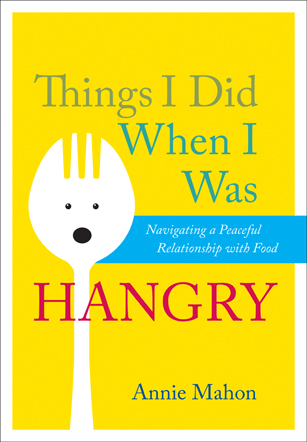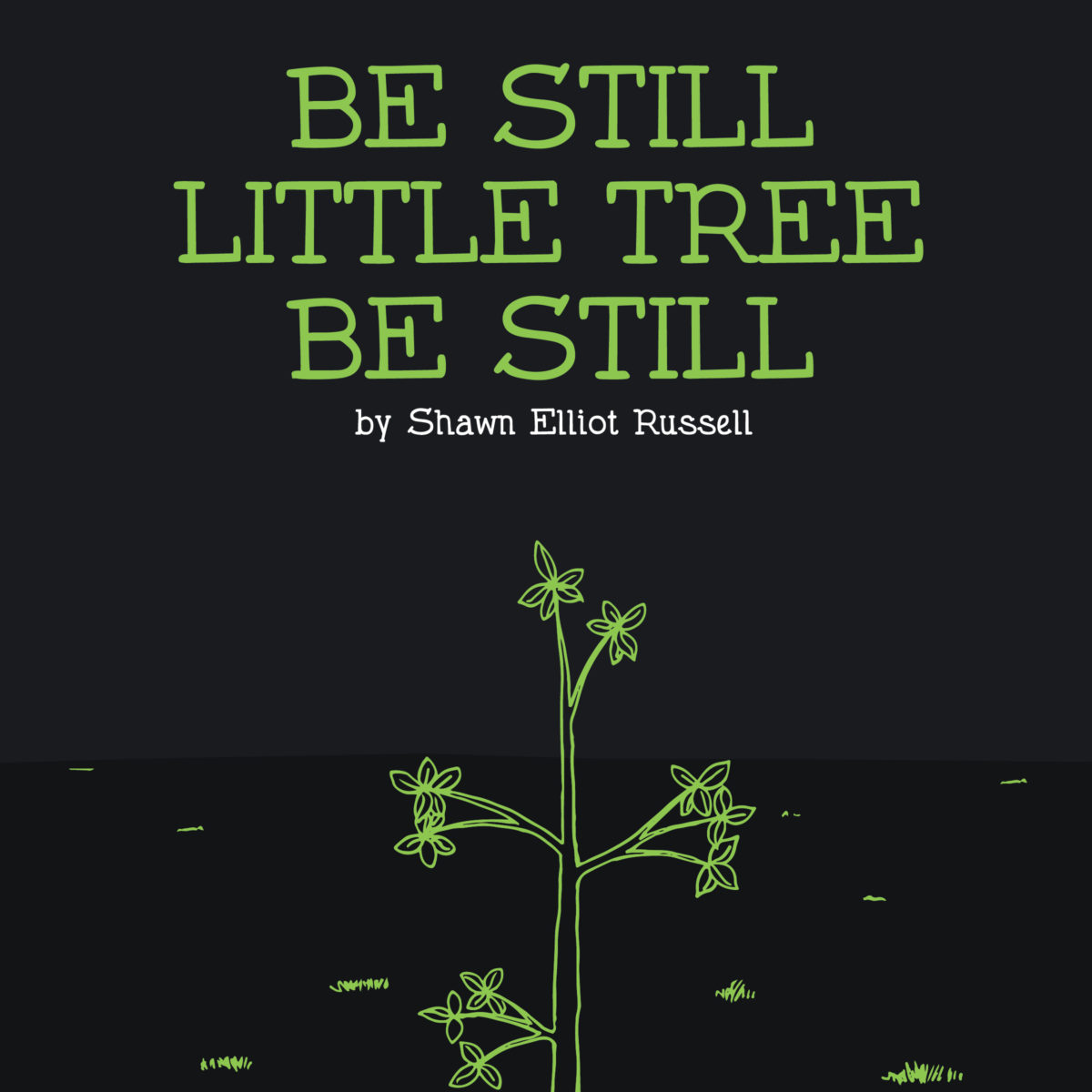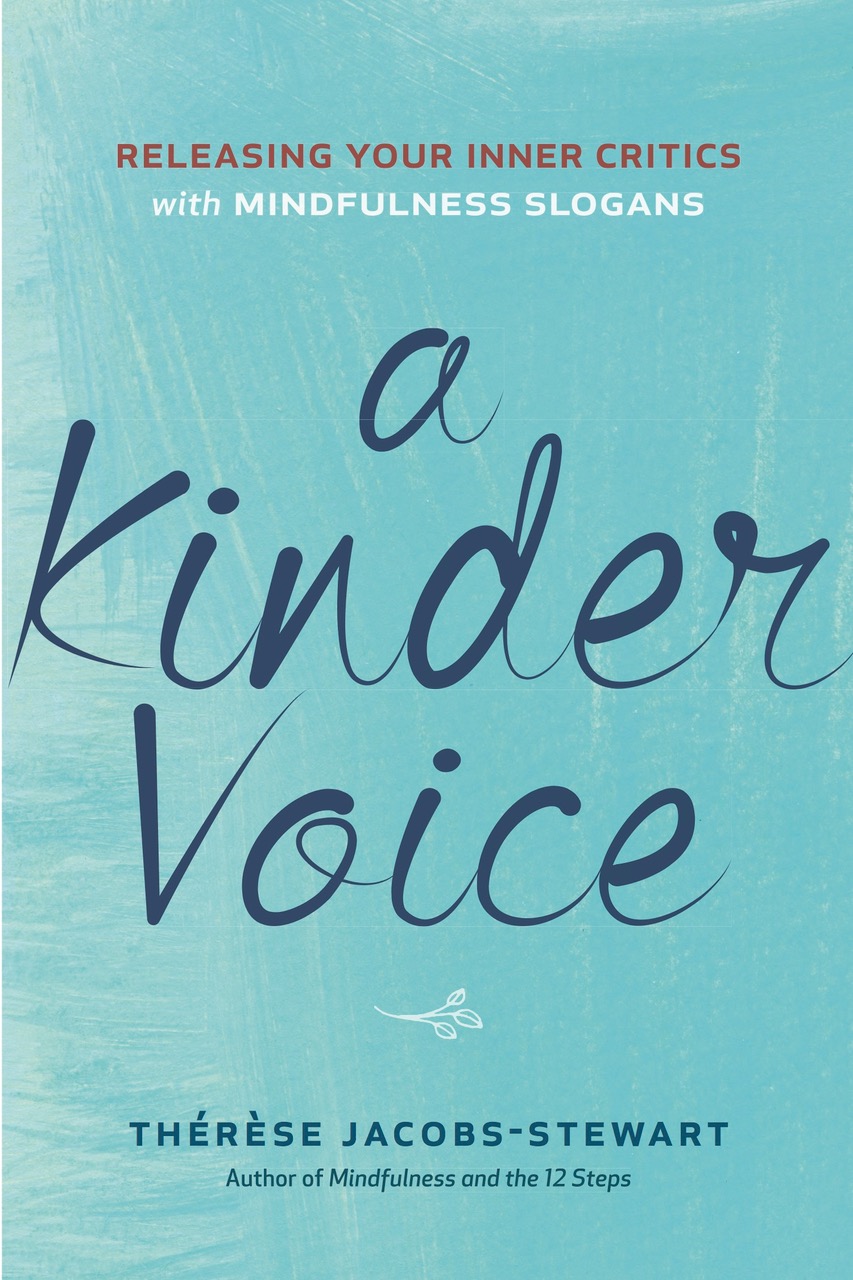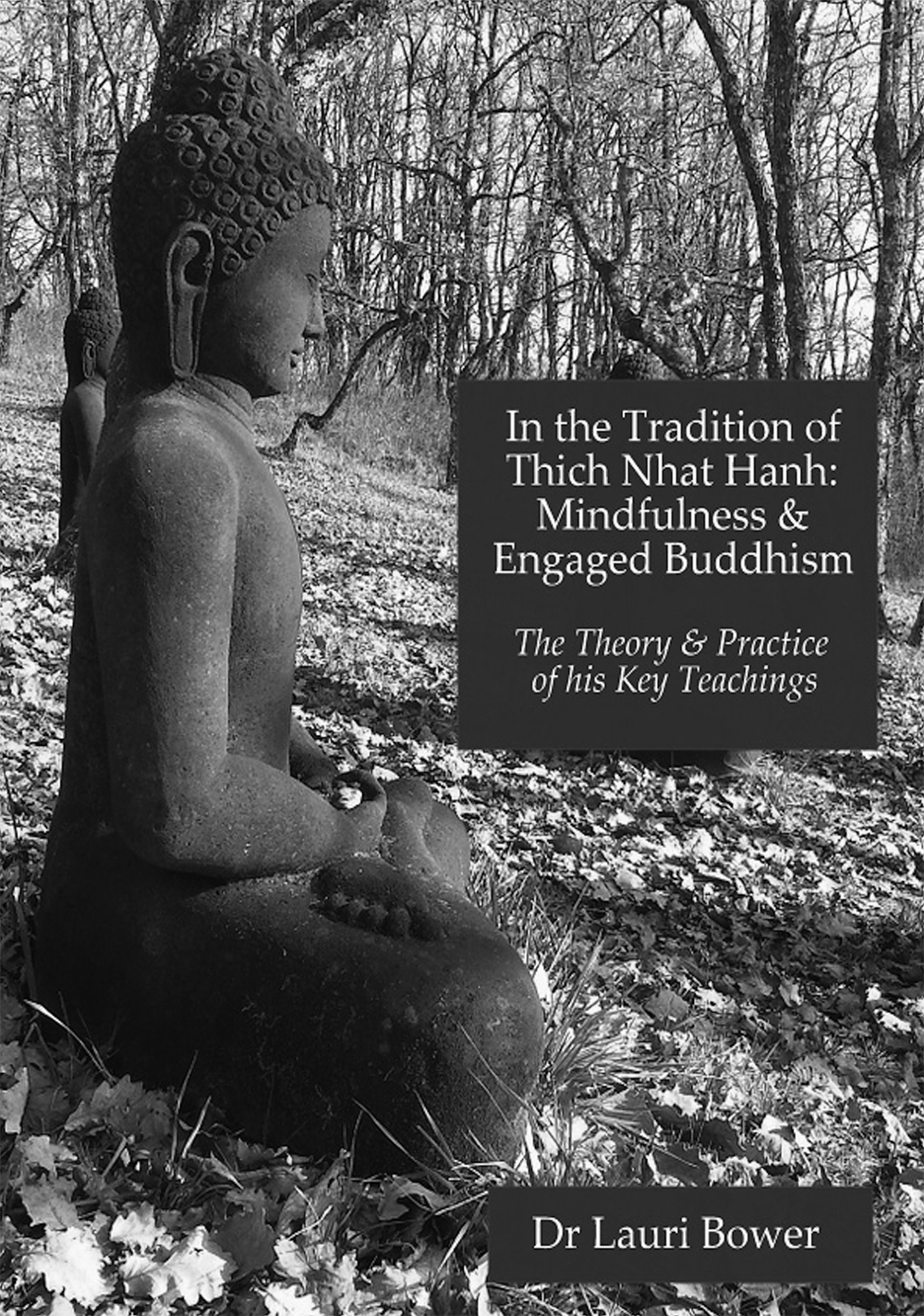
Things I Did When I Was Hangry
Navigating a Peaceful Relationship with Food
by Annie Mahon
Parallax Press, 2015
Paperback, 245 pages
Reviewed by Julia Jarvis
In Things I Did When I Was Hangry, Annie Mahon reveals the raw truth about her addictive relationship with food, which started when she was a young girl who hated the chaos and dysfunction at the dinner table.

Things I Did When I Was Hangry
Navigating a Peaceful Relationship with Food
by Annie Mahon
Parallax Press, 2015
Paperback, 245 pages
Reviewed by Julia Jarvis
In Things I Did When I Was Hangry, Annie Mahon reveals the raw truth about her addictive relationship with food, which started when she was a young girl who hated the chaos and dysfunction at the dinner table. Mahon shares how she used food to counter stress throughout college and graduate school, in relationships, and even as a parent. Mahon skillfully and courageously draws the reader into her inner world and her processing of thoughts and feelings about her own worthiness and how those thoughts and feelings affected her relationship with food.

Be Still, Little Tree, Be Still
by Shawn Elliot Russell
SER Publishing, 2016
Hardback, 16 pages
Reviewed by Lennis Lyon
“Feelings come and go like clouds in a windy sky; conscious breath-
ing is my anchor.”
– Venerable Thich Nhat Hanh (Thay)
In his new book, Be Still, Little Tree, Be Still, Shawn Elliot Russell makes Thay’s teaching on transforming strong emotions, such as fear, readily available to children. The practices of noticing fear in the body, becoming still to calm the body, and breathing to be with the fear as it naturally transforms, are presented with a connection to Mother Earth. Russell offers this book in gratitude “after a difficult and transformative journey through anxiety (and) agoraphobia.”
We meet Little Tree upon his arrival from an indoor nursery to be planted in the yard next to his elder brother, Mr. Tree. As Little Tree experiences the terror of his first sudden storm with lightning, thunder, and driving rain, he cries and shakes in fear of drowning or being blown apart by the wind. He thinks Mr. Tree will help him hide. “But Mr. Tree stood there in powerful form. And whispered, not sounding worried or thrilled, ‘Be Still, Little Tree, Be Still.’” With the continued guidance of his elder brother, Little Tree begins to stand very still and breathe slowly, witnessing the wind shake his branches and the rain pour down his leaves. Through thunder and lightning, he peacefully stays with his breathing. In this powerful teaching, through the practice of looking deeply, something scary transforms into something necessary and beneficial for one’s growth.
Children and parents are encouraged to practice together. My neighbor’s eight-year-old daughter likes the part where Little Tree grows up and then shares his wisdom with Little Sister, who arrives from the nursery and experiences the terror of her first storm. My ten-year-old grandson, Mateus, reflects, “I like the lesson it taught: if you have something hard going on, you should breathe, try to
be calm, and wait for it to pass.” Mateus thinks younger children, such as six-year-olds, may take the story literally and need adult guidance to use the practices.
The author, a musician, also offers a lively hip-hop version of the story set to music, available at “Be Still, Little Tree, Be Still (Hip Hop Version) – YouTube.” Children can enjoy the good-natured animations as the illustrations come to life. For older children and adults, Russell offers a two-minute introduction on how mindfulness transformed his suffering (“Be Still, Little Tree, Be Still – You-Tube”), which can offer hope to preteens and teens who may be experiencing hard times. In addition, a free eBook version of the original story can be downloaded at bestilltree.com.
Each time I read Be Still, Little Tree, Be Still, I let the message soak deeper into my being. We are fortunate to have the ancient teachings shared in this gentle book with its soulful illustrations. Transforming fear into compassion can heal our children.

A Kinder Voice
Releasing Your Inner Critics with Mindfulness Slogans
by Thérèse Jacobs-Stewart
Hazelden Publishing, 2016
Paperback, 177 pages
Reviewed by Peter Kuhn, True Ocean of Joy
Thérèse Jacobs-Stewart is a licensed psychotherapist and a deep Buddhist practitioner. In her prior book, Mindfulness and the 12 Steps, she beautifully merged the Dharma with the deeper principles of twelve-step recovery in a warm voice that is clearly the fruit of authentic personal practice. In this book, she departs from the twelve-step model but continues to offer practical
tools and insight to help us end the war within.
Jacobs-Stewart shares her experience, strength, and insight in a fusion of cognitive psychology and Buddhist mind trainings, based on the Tibetan Lojong practice. As the author states, “… the mind-training practices in this book lie at the exciting intersection of ancient meditation teachings and modern science.” She provides a series of mindfulness slogans that are designed to help us let go of negative internal commentary, also known as our inner critic. When practicing with these verses, the key is repetition throughout the
day, whatever we may be doing. “In this way the slogan becomes an indispensible tool, coming to your assistance not just when you feel spiritual, but when you feel stuck in the midst of daily life.”
The author explains, “Research shows that repetition calms the mind by reducing neural activity in the area of the brain that’s involved in self-critical thinking.” Contemplative reflection and the repetition of slogans allow us to engage with the compassionate energy of mindfulness, and to “release our critic-demons and make kinder mental habits our default setting.”
One of the slogans is “Rest in the openness of mind.” Jacobs-Stewart gives guidance for developing awareness of the body, emotions, thoughts, and objects of mind. She invites us to be with ourselves as we are, to release our attachment to views, and to observe the mind rather than to believe the stories it tells. With personal anecdotes and instruction for a three-minute exercise to rest the mind, she shows how this slogan can be applied in one’s daily life.
While this offering is grounded in Tibetan Lojong practice, the author integrates the teachings of Buddhist sages from various streams of practice, including Thich Nhat Hanh. She weaves in compelling stories from her own life, as well as guided meditation practices and research on psychology and neuroscience. A Kinder Voice is full of important resources for mindfulness-based transformation grounded in the energy of compassion. As she says, “In order to heal our inner critics, we need to do more than change the structure of our thoughts. We need to build a kinder voice. We need to give ourselves the caring we lack.”

In the Tradition of Thich Nhat Hanh: Mindfulness and Engaged Buddhism
by Dr. Lauri Bower
lulu.com, 2016
Paperback, 318 pages
Reviewed by Mike Bell
I hesitated before reading this book. Was it going to be a scholarly text, difficult to read and of little value to my own practice? Was it a comparative study: “A says X, B says Y, C agrees with A here … but not here?” Was it a sycophantic text where the author tried to “prove” that her guru had all the perfect answers?
Dr. Lauri Bower has managed to miss these pitfalls. In fact, with the publication of this book based on her research thesis, she positions herself as a leading scholar of the teachings of Thich Nhat Hanh. At the end of the thesis, she is so convinced by the teachings that she joins Thay’s Order of Interbeing.
Based on interviews with over thirty practitioners and several monastics, the book explores each part of the subject in a light but meticulous way. Dr. Bower writes in an accessible first-person voice, yet manages to explore a wide range of topics, including: mindfulness in early Buddhism and its relevance for Thay; the formulation of Thay’s teachings in Vietnam; the development of Engaged Buddhism; the practice of mindfulness in transforming suffering into happiness; and the transplanting of Thay’s teachings in the West.
Many pages gave me food for thought. I particularly enjoyed the discussion of various uses of the terms Engaged Buddhism and the newer Applied Buddhism. I was interested in the concept of quietism—“just accepting things without inquiry or consideration”—in contrast with Socially Engaged Buddhism. The author explains that the relevant characteristics of Engaged Buddhism, as taught and practiced by Thay and the Plum Village community, are “the balance of being and doing, participation in the world and interbeing.” She then proposes that “it is the combination of these aspects that together form Nhat Hanh’s singular exposition of Engaged Buddhism as something that is equally relevant in the mundane parts of one’s daily life as in the more visible facet of social activism.”
My reservations are that Dr. Bower’s treatment of the concept of interbeing is limited, and the central place it holds in engaged practice is not well developed. There is also no index—which makes life more difficult if, like me, you like to “dip and delve” rather than read the book through.
However, this is a book you may like to have on your shelf. You may not choose to read it from cover to cover at first, but it is a rare reference work that skillfully explores the historical context and methods of Engaged Buddhism, while it also investigates why Thay’s teachings, traditions, and practices have successfully taken root throughout the world.

